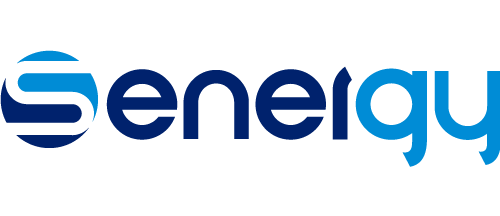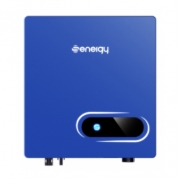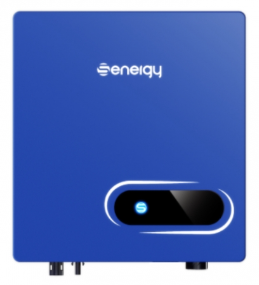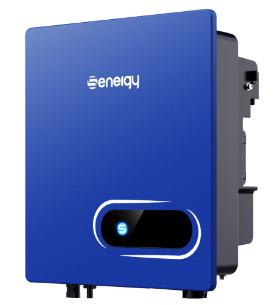The Ultimate Guide to Solar Inverter
A solar inverter is an integral component of the solar energy system. It gets hold of direct current (DC) energy and converts it to alternating current electricity (AC). If you live in an area where the load exceeds supply or a place that experiences regular outages, you should invest in a solar panel inverter system.
How does a solar inverter work?
The solar panels are made of photovoltaic cells – semiconductor layers of gallium arsenide or crystalline silicon. Once the sun shines, these layers absorb energy from the PV cells. The energy moves between positive and negative layers to produce a direct current. Once the energy gets in the inverter, it runs through the transformer and splits out an AC output. Technically, the inverter tricks the transformer to think that DC is AC. The appliances on your home run on 120/240V AC.
The energy is either sent to the battery or directly to the inverter – it depends on the inverter system you have. Most units are designed to run direct current through transistors that turn on and off fast.
If your solar power system produces more energy than what you need, a photovoltaic inverter can feed it back into the grid. But again, if the inverter is not producing enough power to meet your home needs, it mixes it with the grid power.
Since solar panels don’t produce energy at night, you rely 100% on the grid. Some inverters can mix the grid power with the energy from the solar batteries. With grid tie inverters, you won’t notice a change as it switches between the two.
Benefits of a Solar Inverter
Maximize energy production
Solar inverters keep track of voltage to discover the maximum power that the modules can function. Because it focuses on solar array voltage, you get the cleanest energy possible. A grid tie solar inverter produces maximum energy compared to its low-cost counterparts.
The modified sine wave ensures efficient energy for the most sensitive appliances. This is the voltage the inverter makes over time without damaging the electrical components. Remember, your solar inverter will allow for more power than the maximum AC output for conversion losses.
Monitoring system output
A solar power inverter generates thousands of watts every day. The inverter offers a way to help you view how much power you’re using. Some allow you to track performance using a mobile app. If the modules are upgraded, the unit will identify the string’s peak.
If things aren’t working as they should, the unit alerts you automatically. Even better, you can use the tracking system to check whether the system is producing the right amount of electricity.
Some systems measure energy production with a charger controller. The data can also be monitored via Wi-Fi, so you can assess the system via mobile.
Communicating with the utility grid
If there’s a temporary power outage, the solar power inverter ensures electricity is not transmitted to external power lines. New smart inverters have a way of communicating with the grid. They carry out grid-supportive tasks that relate to frequency, communication, voltage, software, and controls.
Any line worker on the grid is protected from injuries. If your home doesn’t require all the energy produced, the surplus can help you generate energy credits. In case of voltage change, a smart inverter can turn into standby mode. If the disturbance persists, the system turns off automatically.
We are a solar inverter manufacturer. If you are interested in our products, please contact us now!






